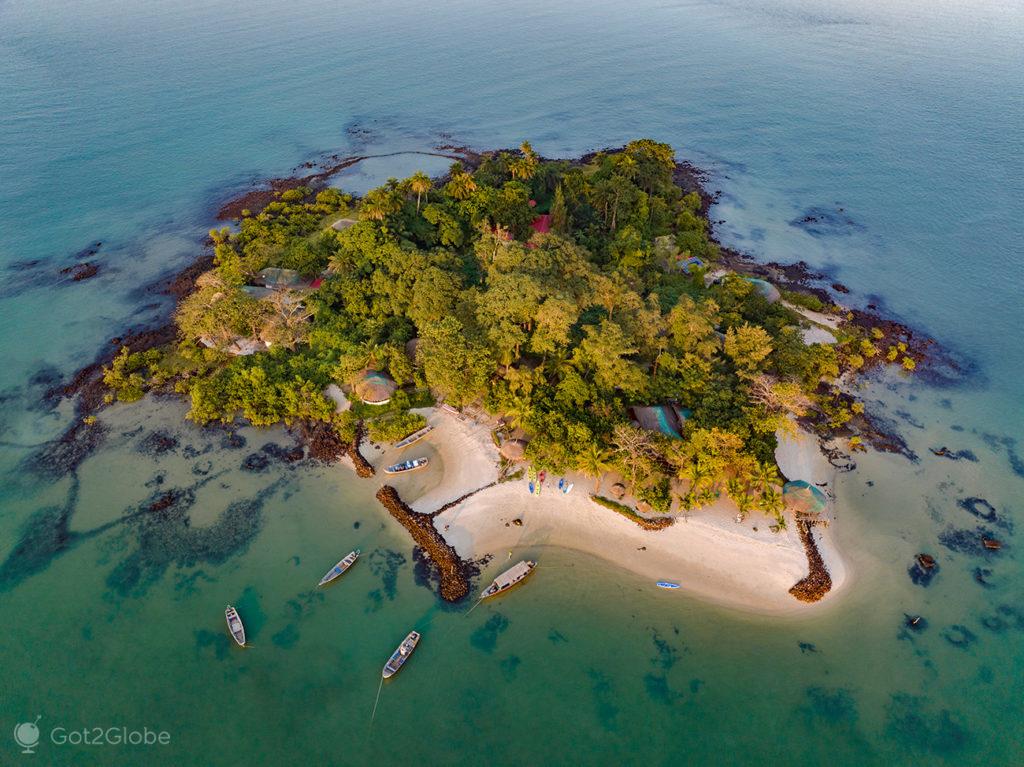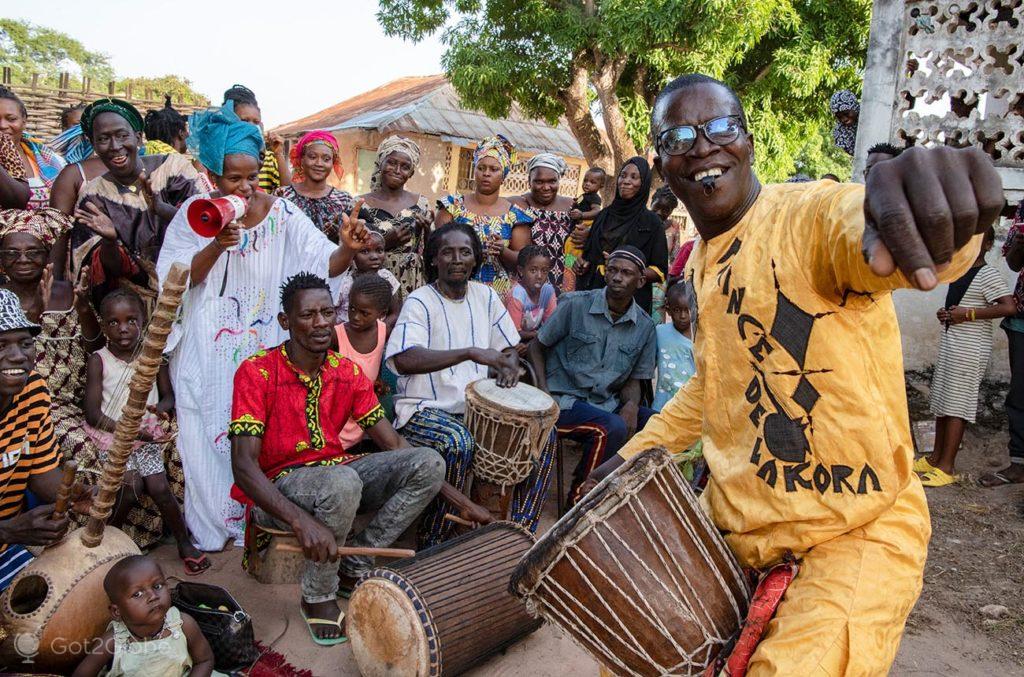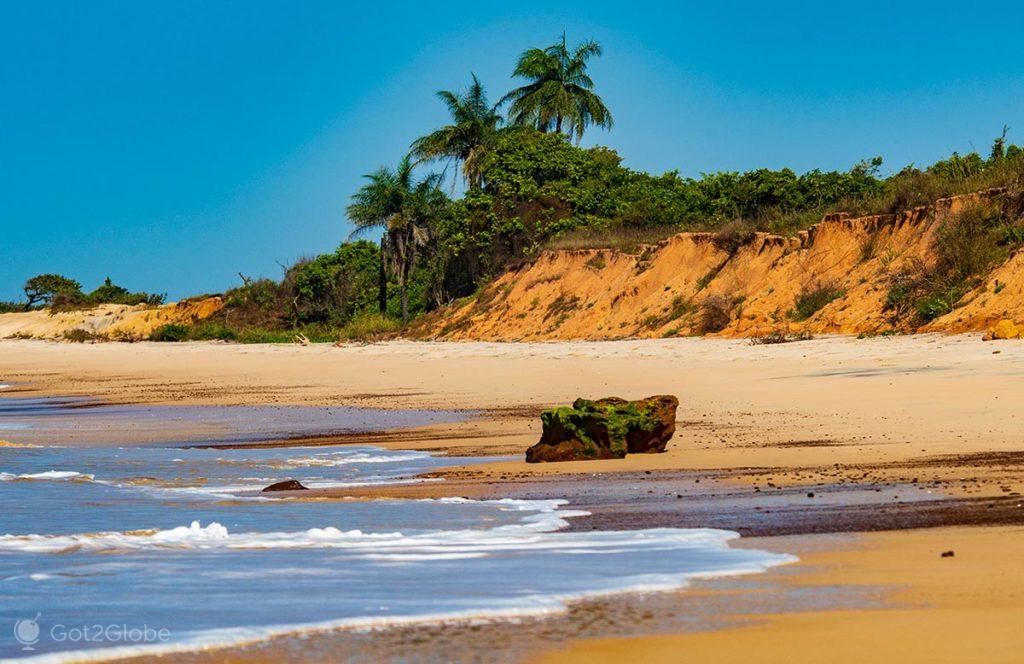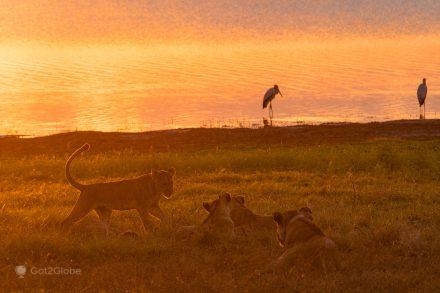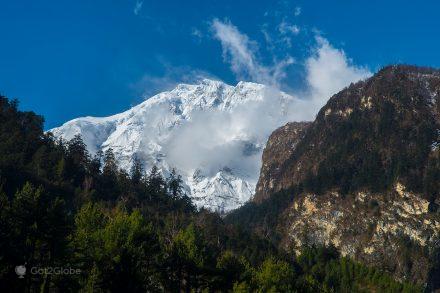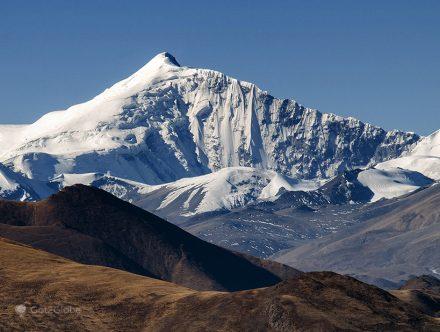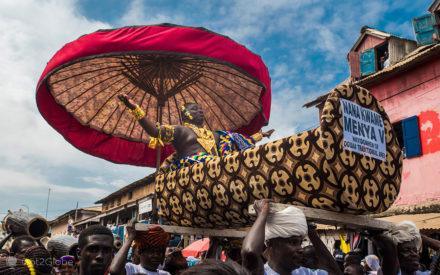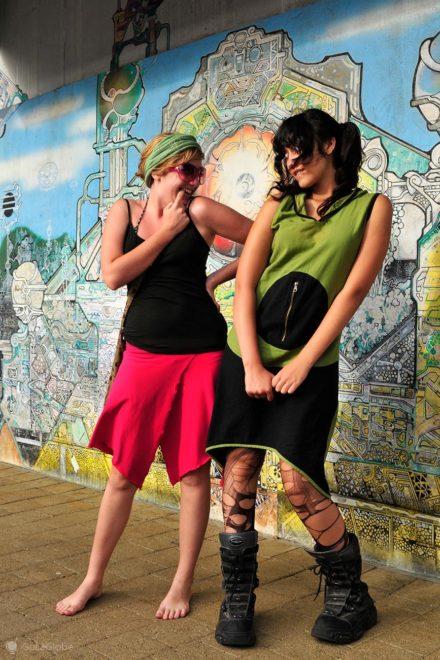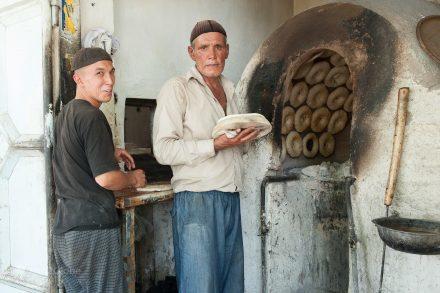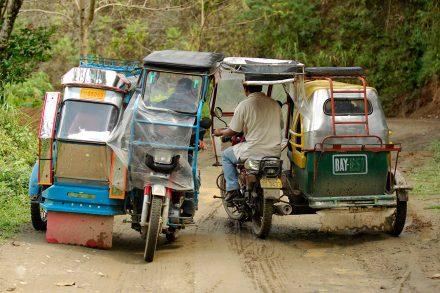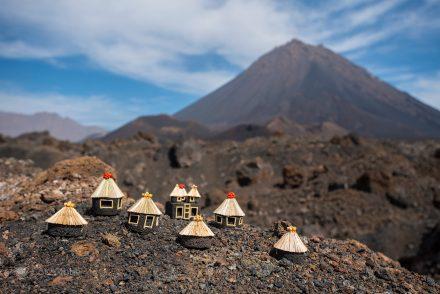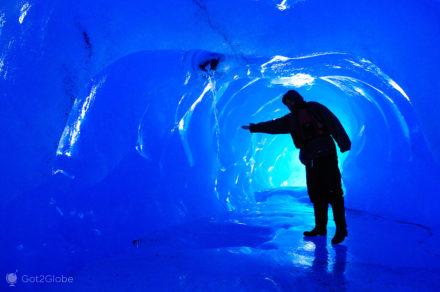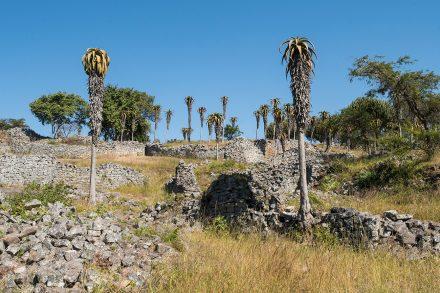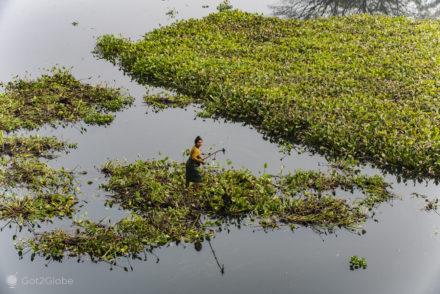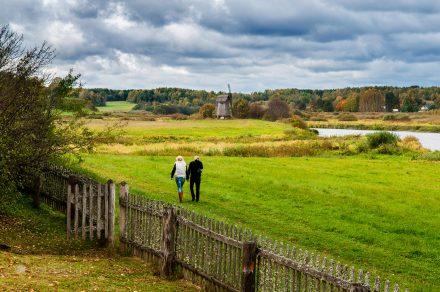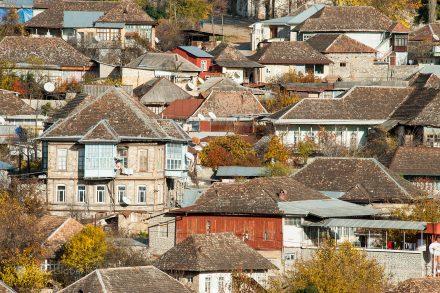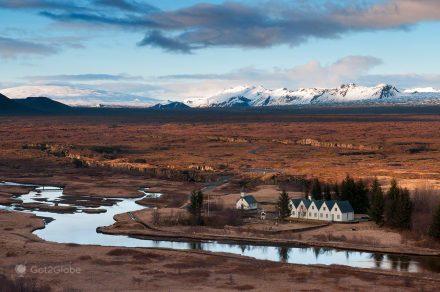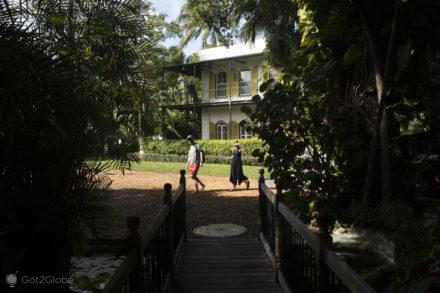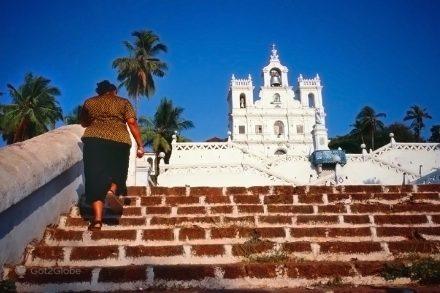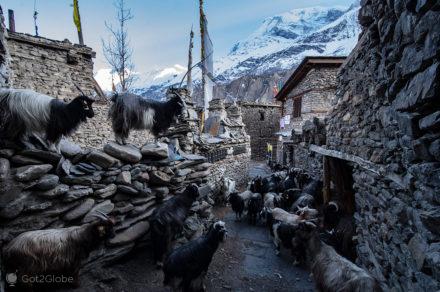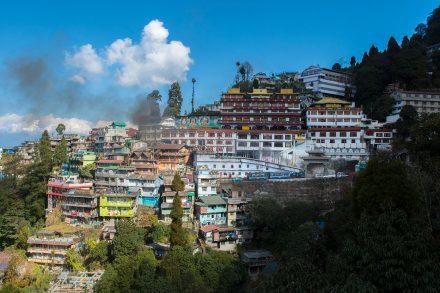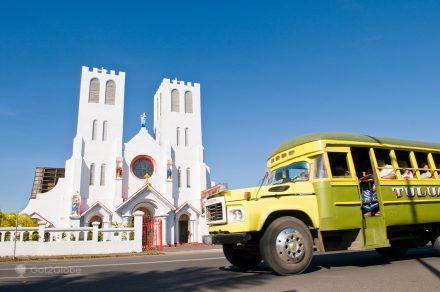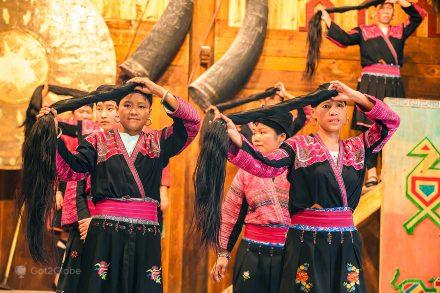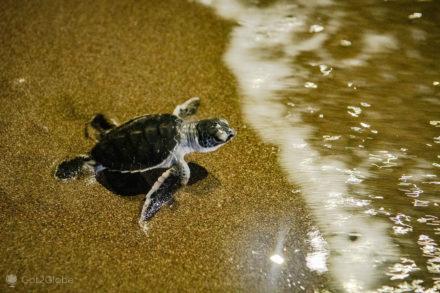We conclude the exploration of Cacheu, the Portuguese colonial and slave settlement and fortress. Continuing our tour through Guinea Bissau meant crossing to the opposite bank of the Cacheu River.
We do it aboard a traditional “canoe” about to set sail from the town’s jetty. The waiting time involved loading a little bit of everything, until the bottom of the vessel was filled and we were left with one of the structural beams on which, like the bags of rice and other cargo, the passengers were seated.
We crossed Cacheu just a few hundred meters, diagonally. The man at the helm puts the vessel in the São Domingos River, a tributary.
We walked along it, against the current, until we came to the southern threshold of São Domingos city. After completing a muddy disembarkation, we walked to the toca-toca terminal. We got into the first one heading towards Varela. We left 16 km earlier, in Susana.
During almost two hours of dusty road, we failed to contact Mário Sungo, the host of the tabanca we were targeting. Finally, already in Susana, with two young motorcycle taxis ready to take us to the river branch that gives access to the Defename river, Mário answers.
Confirms the missing transfer. In a balancing exercise, on motorbikes “Made in China” which, preserved semi-wrapped in pre-sale plastic, the two boys left them on the side of the canal.
Mário was about to arrive. We admired the surrounding lagoons, with the rainy season more than over, drying up in plain sight.
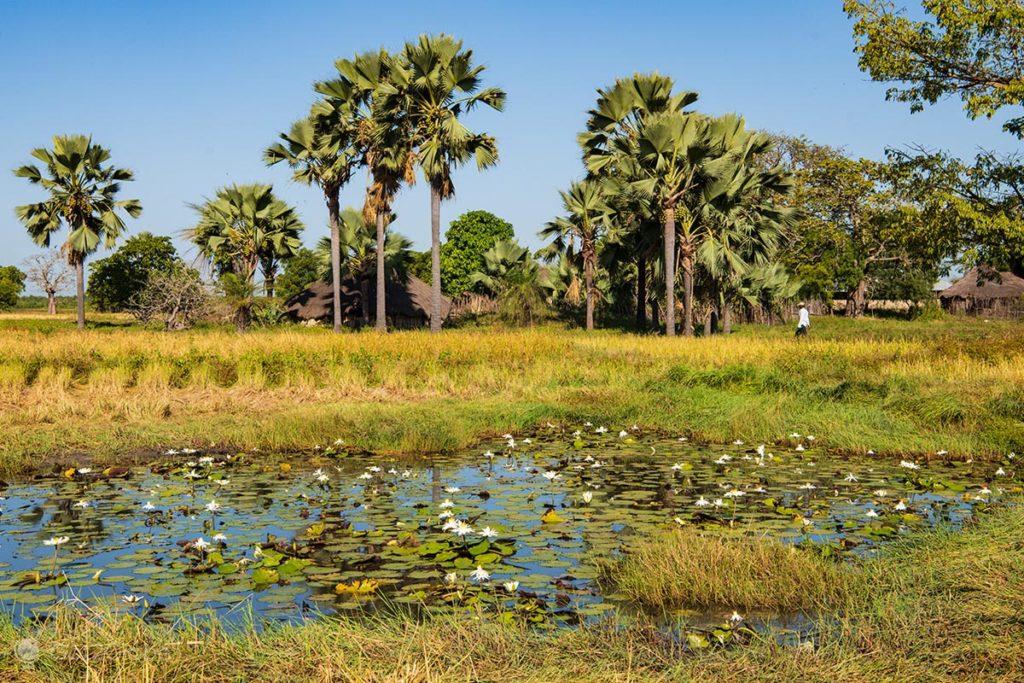
It's hot enough. We feel beaten by the hardness of the pirogues, the toca and the potholed pseudo-roads.
Canal Navigation and Heading to the Defename River
We lay down in the shade of an improvised stick and straw shelter there, with our heads on our backpacks.
A lady who appears from nowhere, or from the vastness of the balls, joins us. She also went to Elalab. He didn't mind waiting with us until Mário showed up.
Mário bursts out of the channel. Accompanying him are two other adults, six kids and a brown calf, intrigued by the reason for the river trip. We greet Mário and the delegation.
Soon, we boarded. The lady climbs into a narrow canoe. We gain advancement down the channel.
Motorized, we caught her in no time.
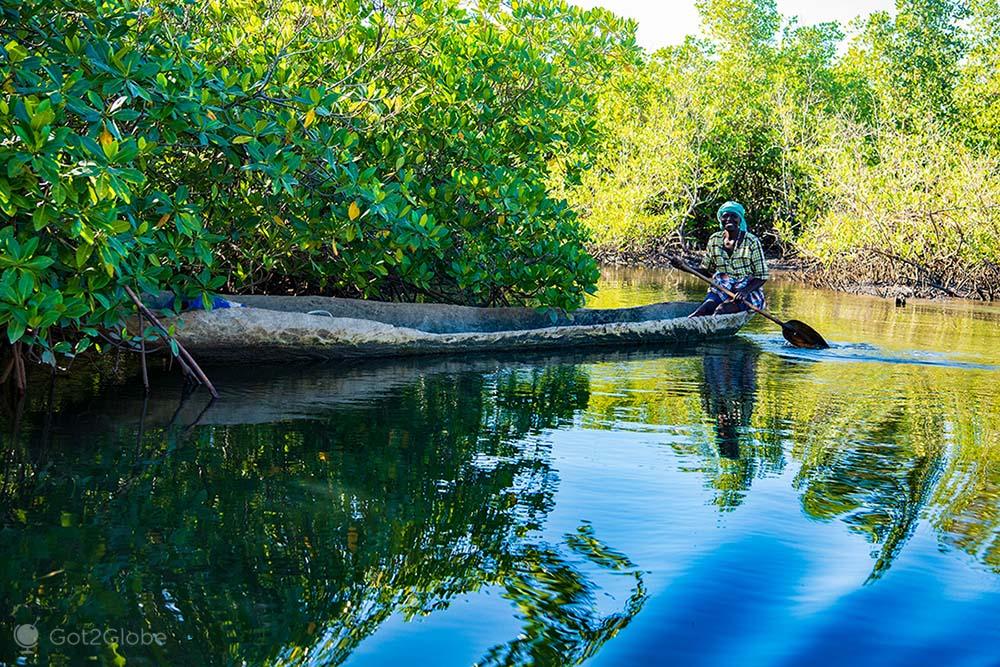
Moments later, we enter the Defename river, another of the tributaries of the Cacheu river, which joins the Cacheu near its mouth.
At one point, we saw a small crocodile, which was recharging its batteries in the sun. “So, after all, there are still crocodiles here, we asked, surprised.” Mário enlightens us. “They keep appearing, but people don’t give them much of a chance.”
On the São Domingos River, there were some very large ones, measuring five or six meters.
But in 2016, they killed two men. The population did everything to exterminate them, against the wishes of IBAP (Institute of Biodiversity and Protected Species). Yet they continue to appear.”
The long-awaited landing at Elalab
We overcome another meander.
The canoe makes its way to the new muddy shore, between tarrafes. Finally, we are in Elalab.
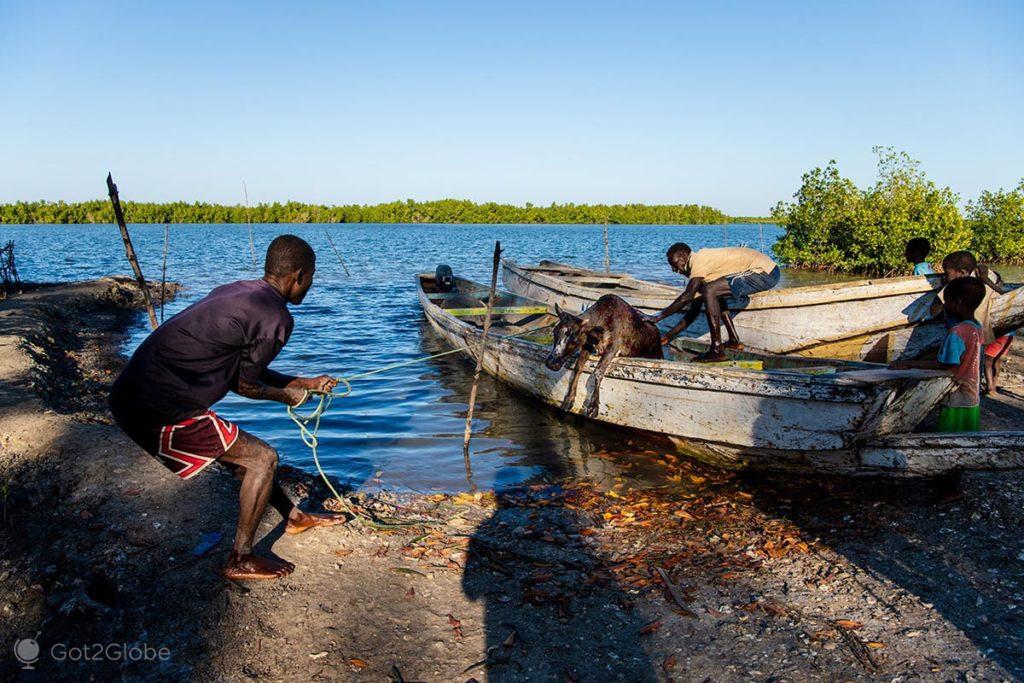
He takes us to the ecotourism and reception huts, designed by Porto architecture collective MEL, built in the village using local materials and respect for the native building tradition.
We settle in. We reset needles and catch our breath.
Excited by the beauty of the scenery from Susana, we set out to discover Elalab.
Right next door, between a clan of baobab trees still in leaf and a flooded dump, kids compete in a fierce fight.
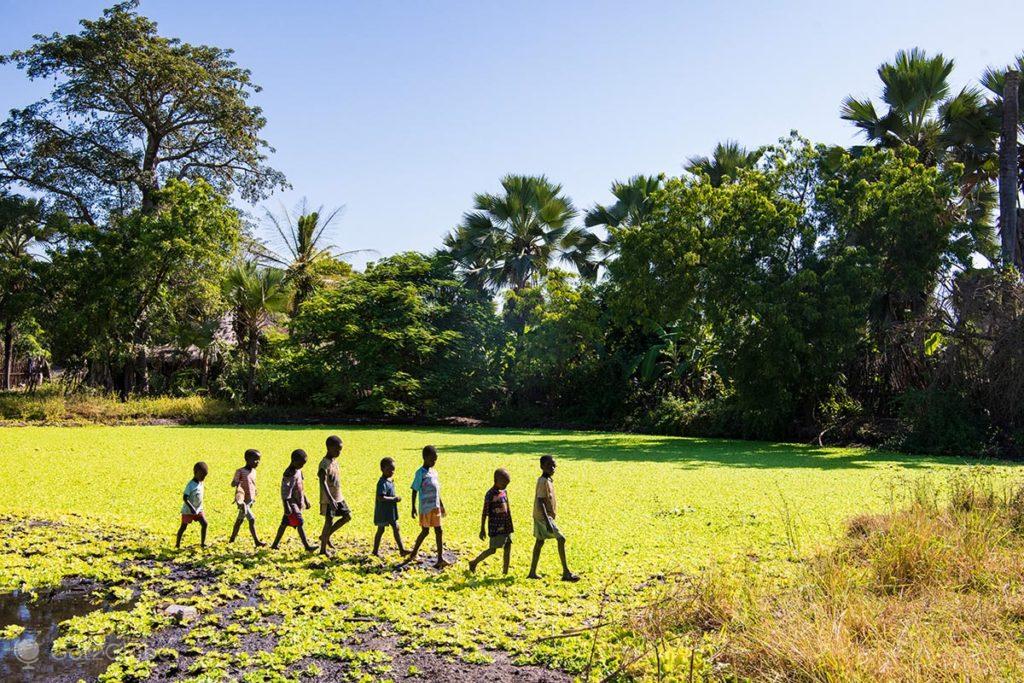
Others wander around in a sort of fun battalion.
Pigs, chickens and cows roam there, afraid of crossing the sacred space between the markers.
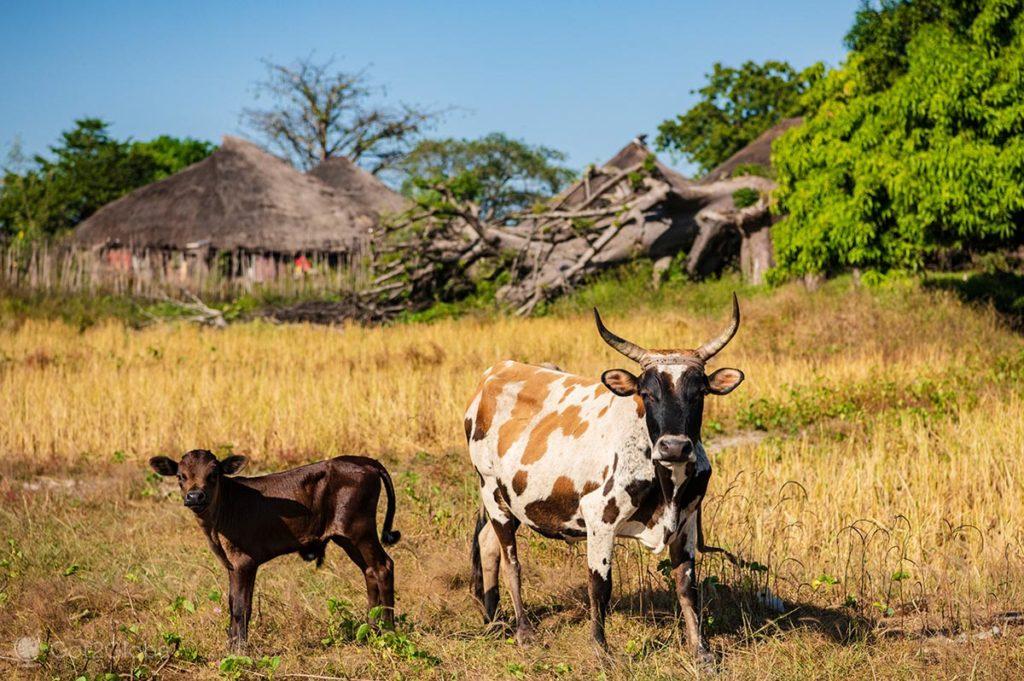
We also bypassed it.
Elalab above, almost always between rice paddies
Until we found ourselves on a trail that progresses between palisaded huts, pointing out what seemed to us to be the opposite end of the village.
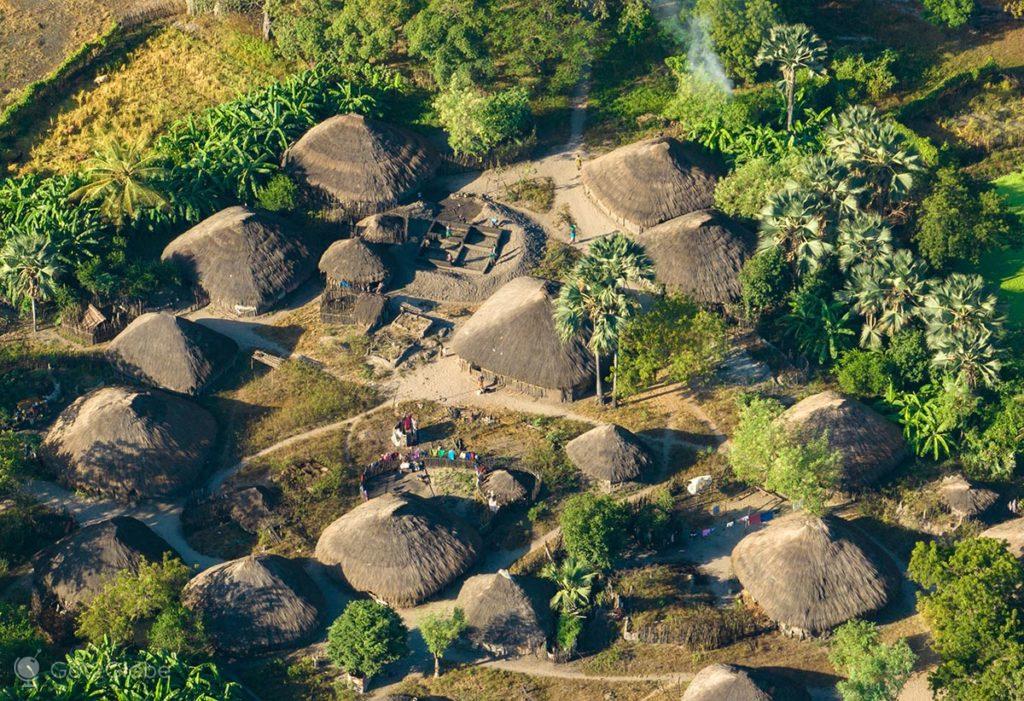
The housing area where we had disembarked opens onto a plain. We walked along it, between smallholdings of dry rice fields, with tall plants.
We came across residents who moved and acted according to the rice.
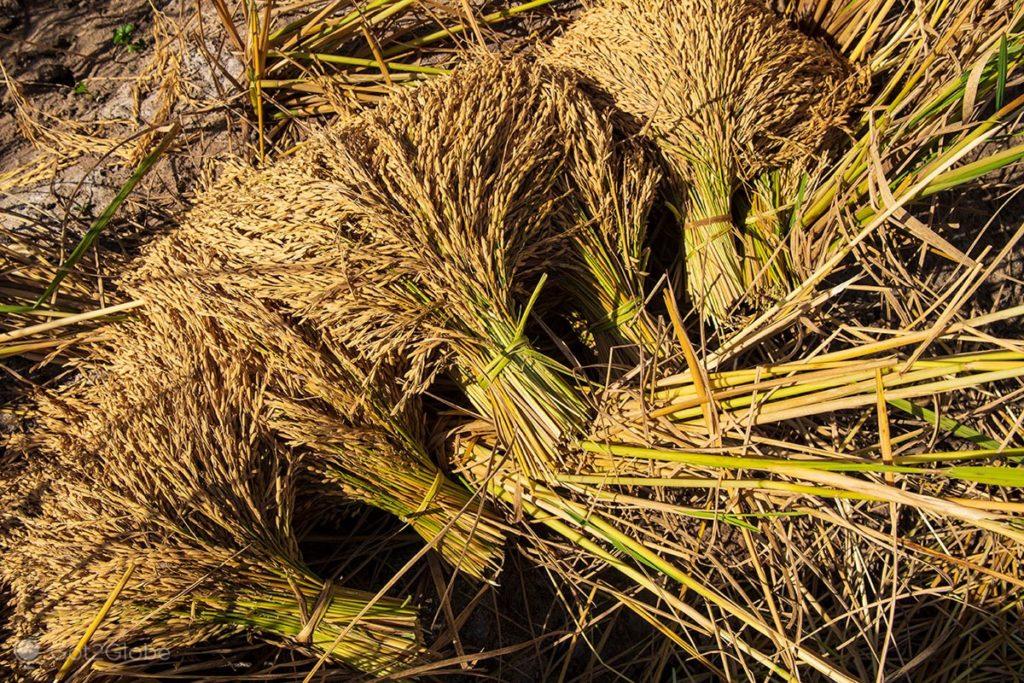
Some cut bundles of whole rice into wicker baskets.
Others wrapped carpets recently cleaned of bark and straw.
Still others, returning home, balanced baskets, rugs and similar utensils on their heads.
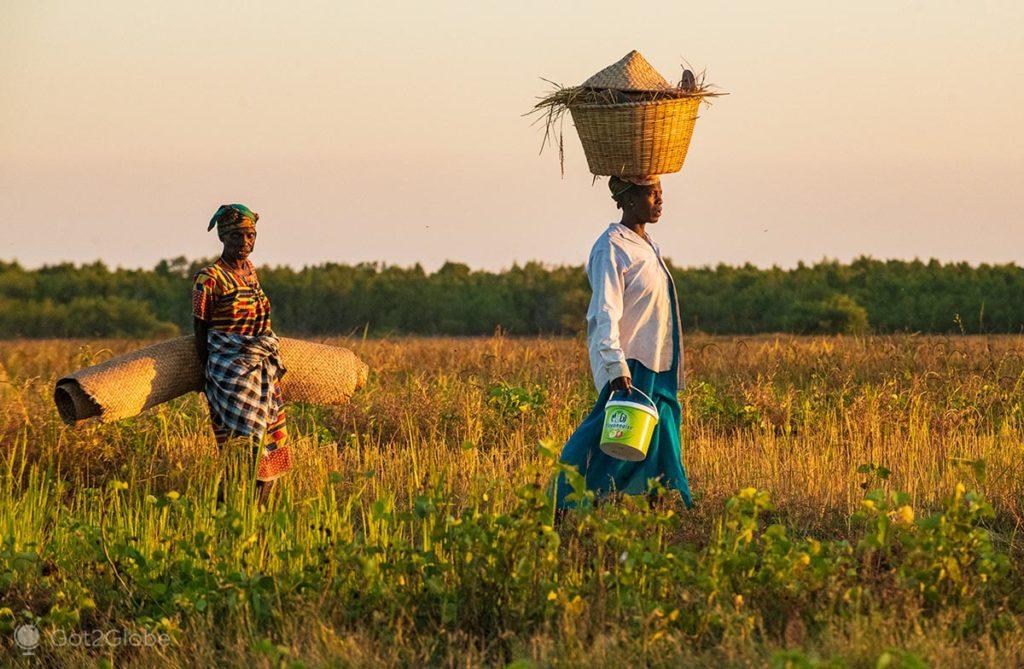
The Conflict between Traditional and Modern
Ahead, we come across a new housing nucleus.
A few men combine their efforts to build a new adobe hut, destined for Rui's brother, one of the tabanca chiefs.
Conversation ensues, Rui tells us that they are going to cover it with sheet metal, no longer with the straw that is still prevalent in Elalab. “Yes, we know you visitors of photography and so, they are disappointed, but, for us, straw is a burden of work and expense.
We have to change it every three years.
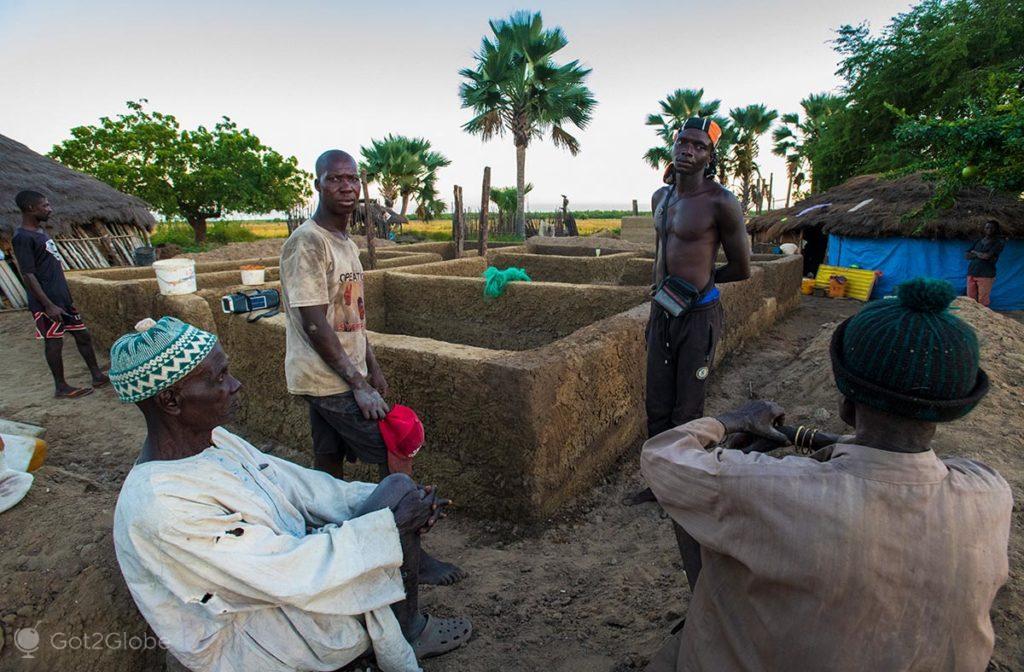
Afterwards, it doesn't even exist in this area. We have to buy it, in Susana, and pay for shipping. As for the plate, we put it on and it lasts a lifetime.”
We thank them for their kindness. We proceed north of vast Elalab. We passed by a simple church, which identifies and propagates the Christian faith of the tabanca.
The Diolas vs Felupes Controversy and Their Faiths
We asked Mário Sunga if, among the more than 430 residents of Elalab, Muslims co-habited, as we remembered happening in Uite, the main town on the Bijagó island of Orangozinho.
We were informed that Elalab was a village belonging to the Felupe ethnic group.
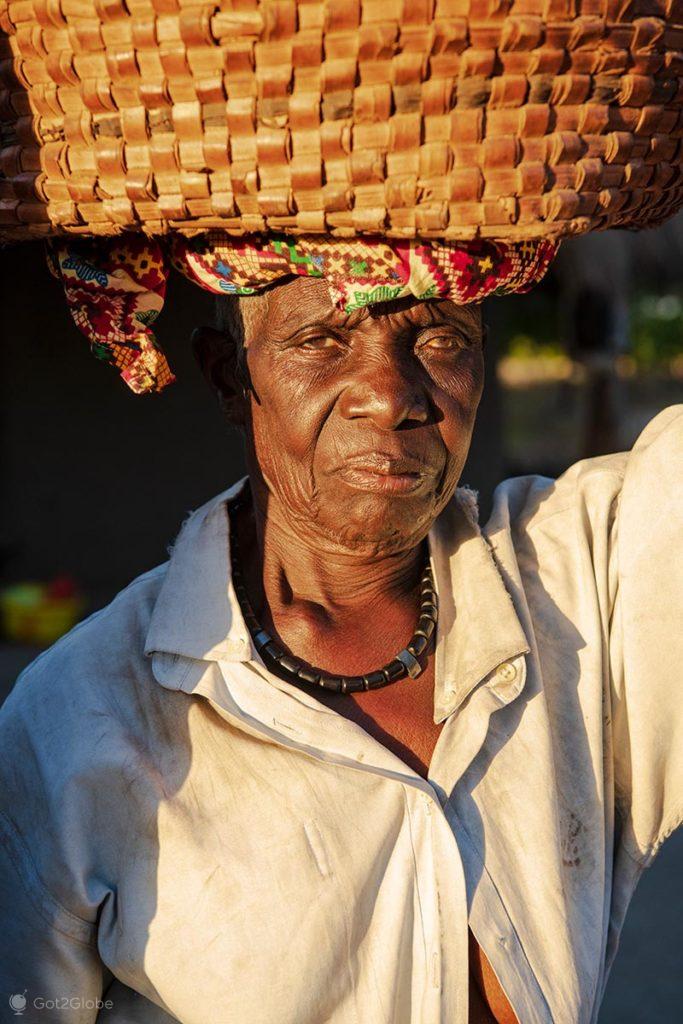
Mário Sunga disagreed. “The Felupes thing was an invention of the Portuguese.
We are Diolas, like most people from northern Guinea Bissau and Casamansa.”
Without disrespecting their opinion, there was almost a consensus on the need to distinguish the Felupes from the Diola in general.
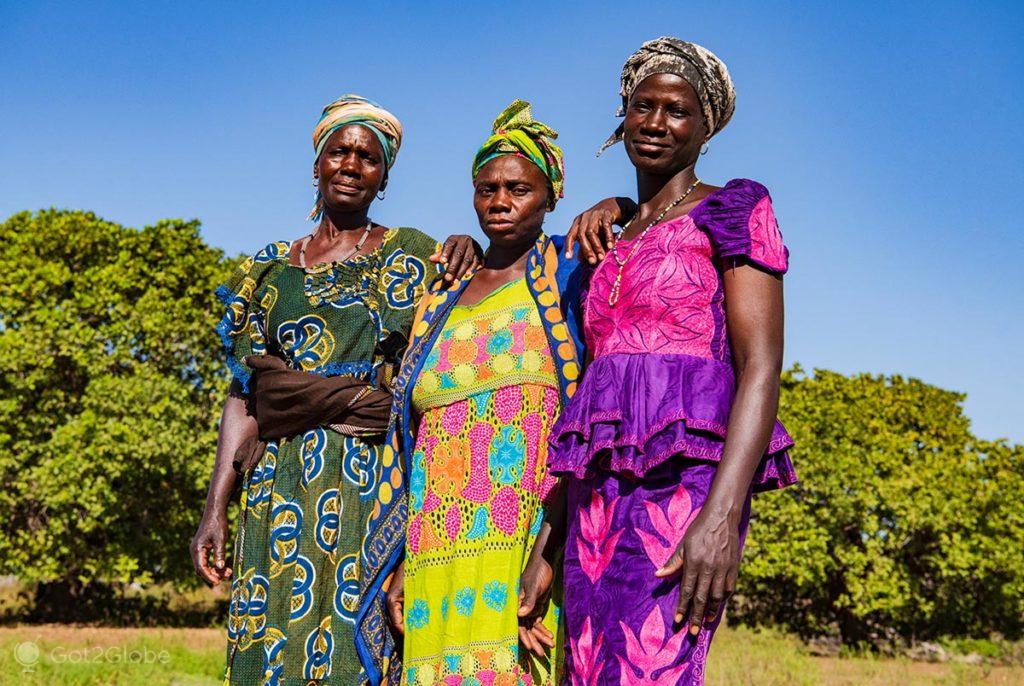
The Historical Combativeness of the Felupe Sub-Ethnicity
During the Colonial War, many Felupes sided with the Portuguese side.
On these sides, the Guinean resistance took refuge in the Senegalese Casamance. From there, he carried out guerrilla attacks on Portuguese positions and movements.
After the independence of Guinea Bissau, the Felupes who supported the Portuguese found themselves in trouble. The threat of a reckoning at the hands of PAIGC men forced them to take refuge in Casamance. When, after a coup d'état, Nino Vieira came to power, he made it possible to reconcile the different ethnic groups in Guinea, regardless of which side they had fought for.
At that time, thousands of Felupes crossed south of the border again. Most of them resettled in São Domingos and around the city that “joins” Guinea Bissau, Casamance and Senegal, instead of in the tabancas where they previously lived.
The Felupes, however, accepted much of what the Portuguese bequeathed.
In their genesis, they were animists. In time, they embraced Islam and, in the image of Elalab, the Christianity. They never lost their fierce spirit. We arrived at the sideline of another sandy football field.
Not even on purpose, a group of children challenge each other and fight on the sand. From the moment they detect the attention of outsiders, with redoubled vigor. We photographed and filmed them for some time, at sunset and under the magenta and lilac light of the afterglow.
The temperature drops. It gives the kids goosebumps. A few adults, keeping an eye on the children, light a fire behind one of the goals.
Little by little, even the mini-fighters allow themselves to be seduced by the comfort of fire and conviviality.
We come together.
As long as possible until we avoid returning to our rooms, stumbling.
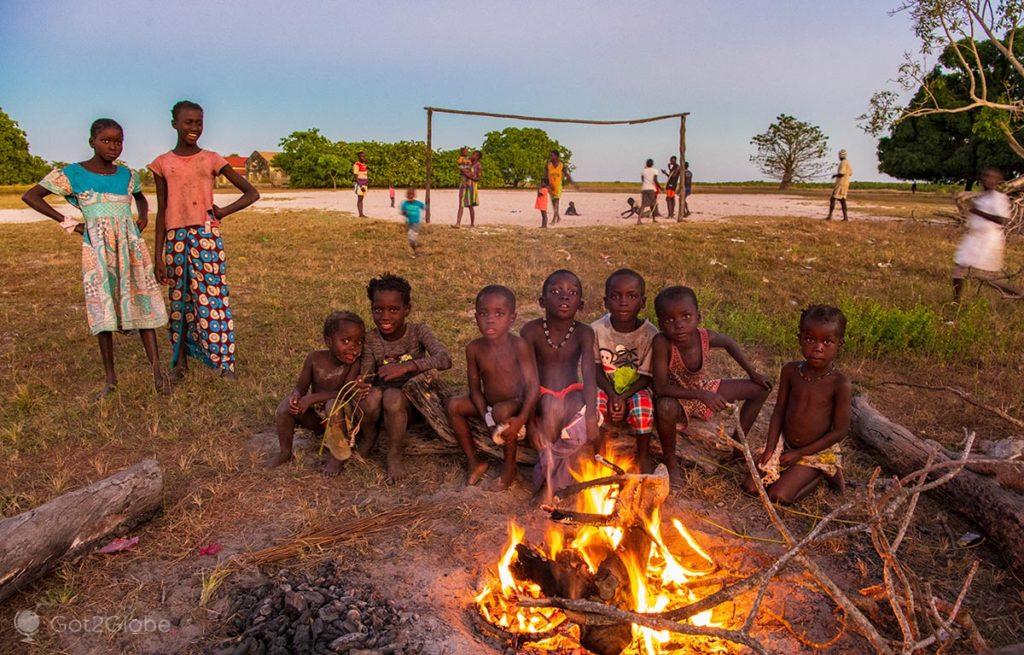
At nine o'clock at night, Mário Sunga treated us to chicken cafriela with thin pasta.
Now less busy, have dinner with us. We chatted until almost half past ten. We hadn't stopped since seven in the morning. We knew that Mário also wanted to be part of the end of the day with his family.
Okay, we said goodbye for the night.
After safeguarding the equipment's multiple battery charges, stretching the mosquito net and a few other procedures, we fell flat.
New Day, the same Busy Elalab
The dawn breaks. Around seven, we left for the tabanca again.
So early that we still catch sleepy residents leaving their homes or starting the day's tasks.
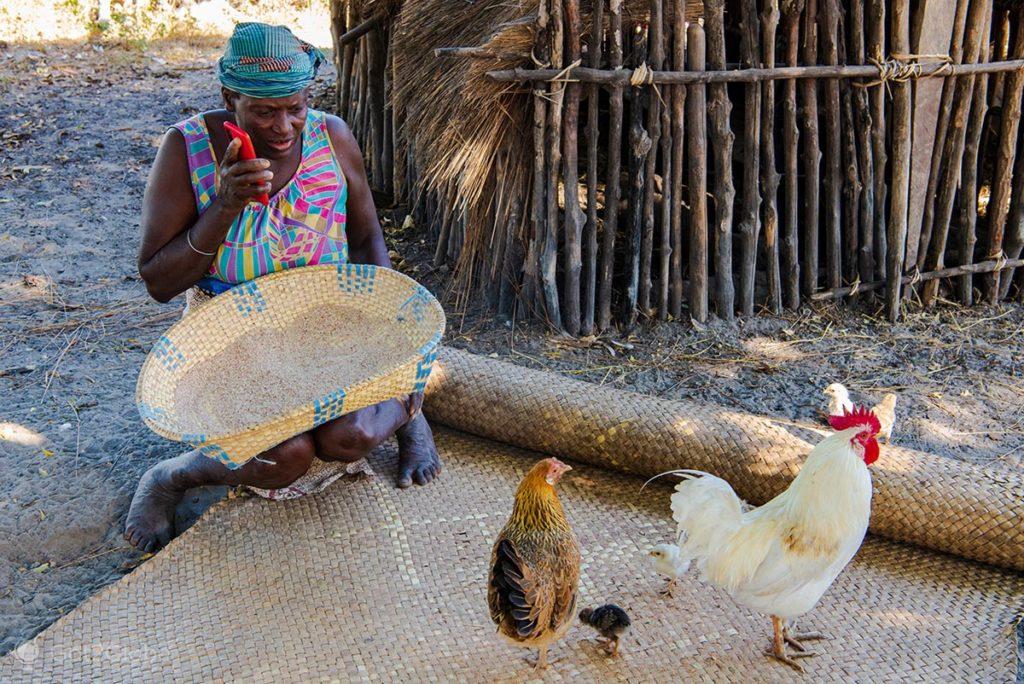
Most went to their lands.
The riverside lands of Elalab have been threatened for some time by the uncertainty of the climate in this region and, above all, by the rise in sea levels that invade rivers and canals, pass over dikes and annihilate rice fields.
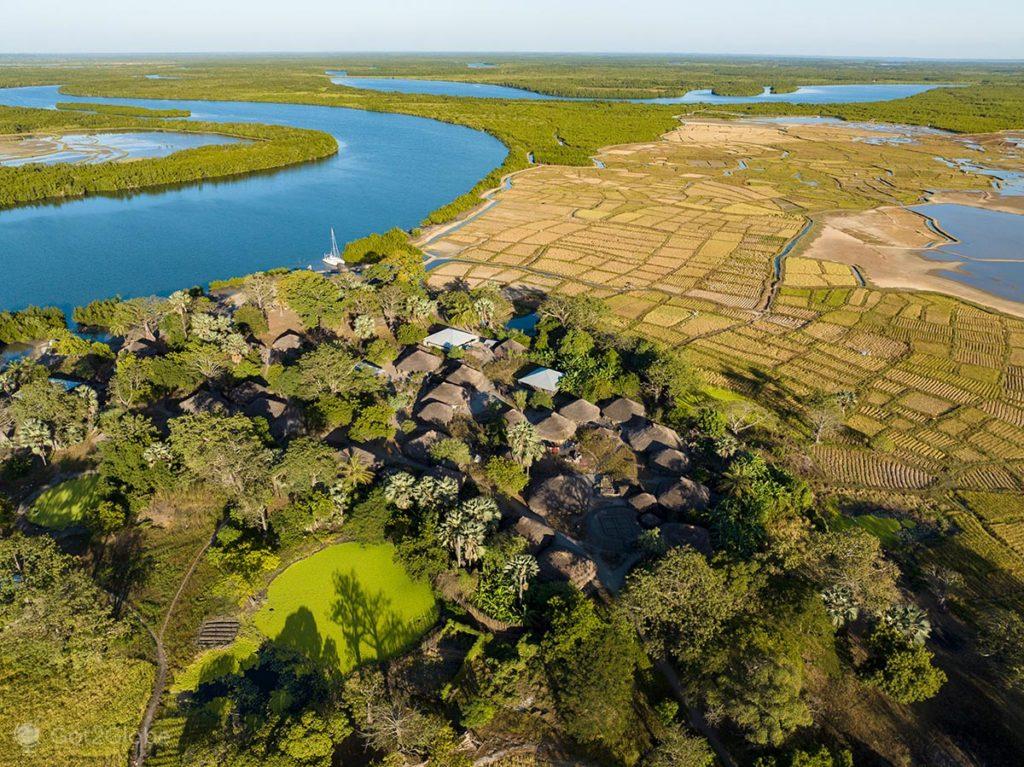
Vulnerable to the vagaries of the weather and beyond, the people of Elalab decided to diversify.
Mário agrees to show us one of the alternative productions.
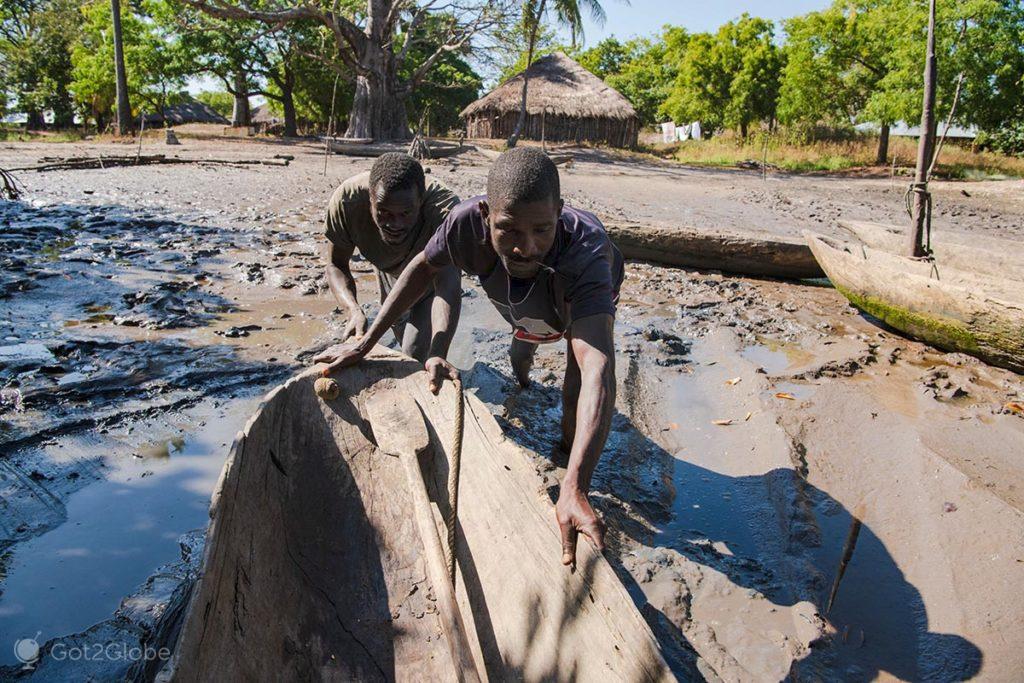
We returned to face the mudflat where we had disembarked at the tabanca. We boarded a traditional canoe that was narrow and so shallow that it did not allow for uncoordinated movements.
Almost motionless, we crossed the Defename without incident.
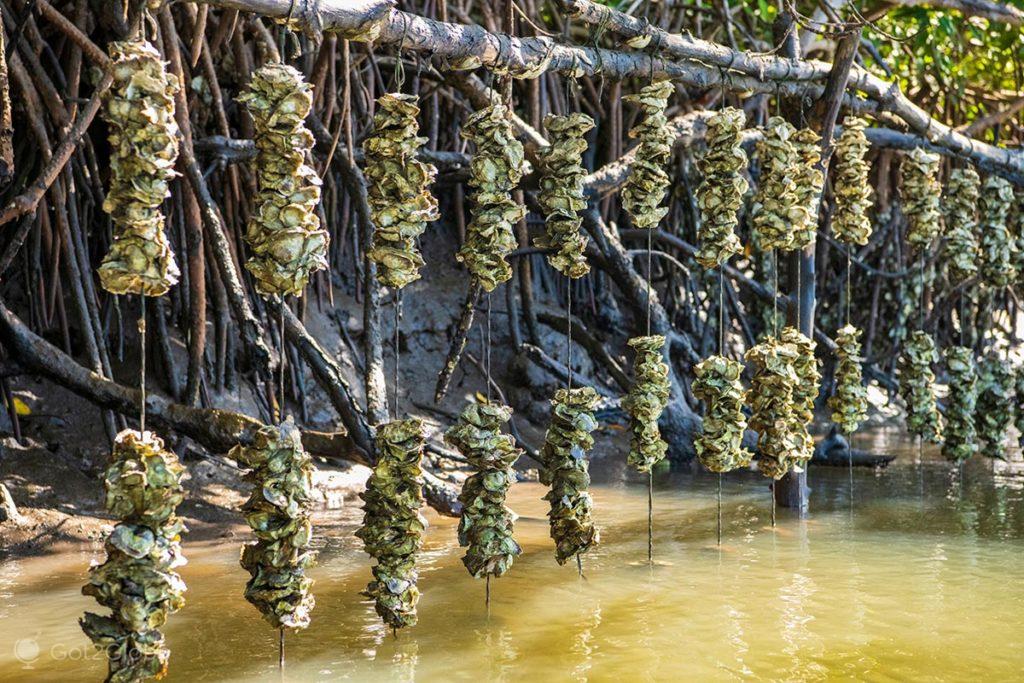
Oysters: another Source of Income Granted by Tarrafes
Mário reveals oyster beds, made of logs and ropes, exposed above the water, but within reach of the high tide.
Its sale to restaurants, hotels and the like represents an extra income that Elalab is used to counting on, as long as the opportunity lasts.
Almost everything, in these parts, is tidal. The route to navigation back to Susana was approaching.
Like the visit to Varela, the last stop before crossing the border from São Domingos to Senegal.
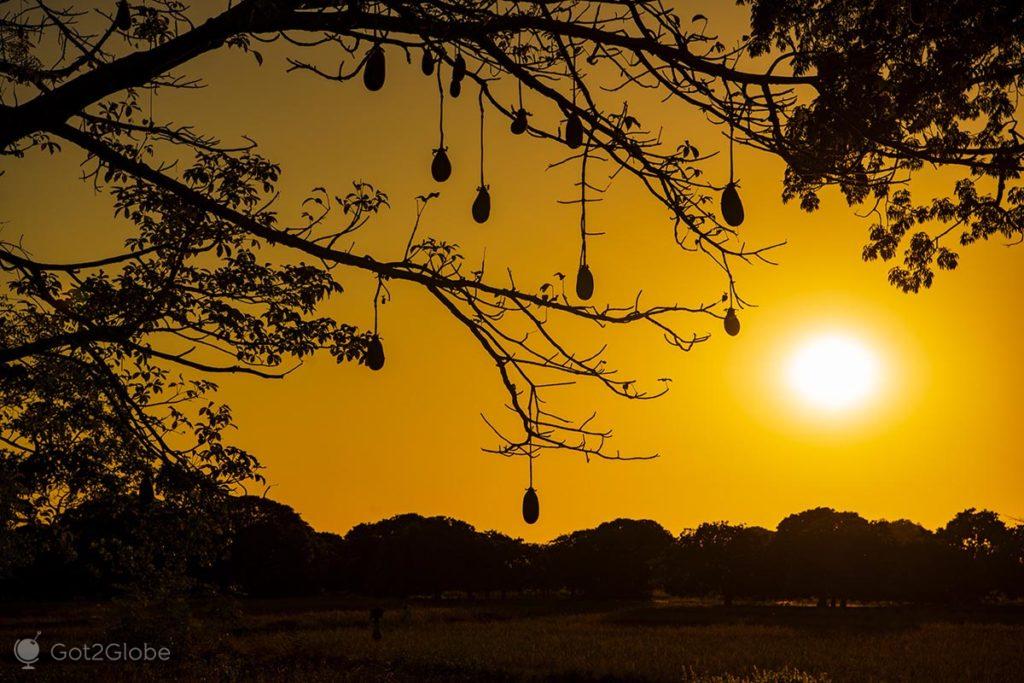
How to go:
Flight Lisbon – Guinea Bissau
Euroatlantic Airways: flyeuroatlantic.pt, from €700.
Book your visit to Elalab by contacting
Elalab Ecotourism: Mário Sungo, Whats App: +245 966673443
or through
Kalmasoul: https://kalmasoul.com/ WhatsApp: (+245) 965 100 583




















